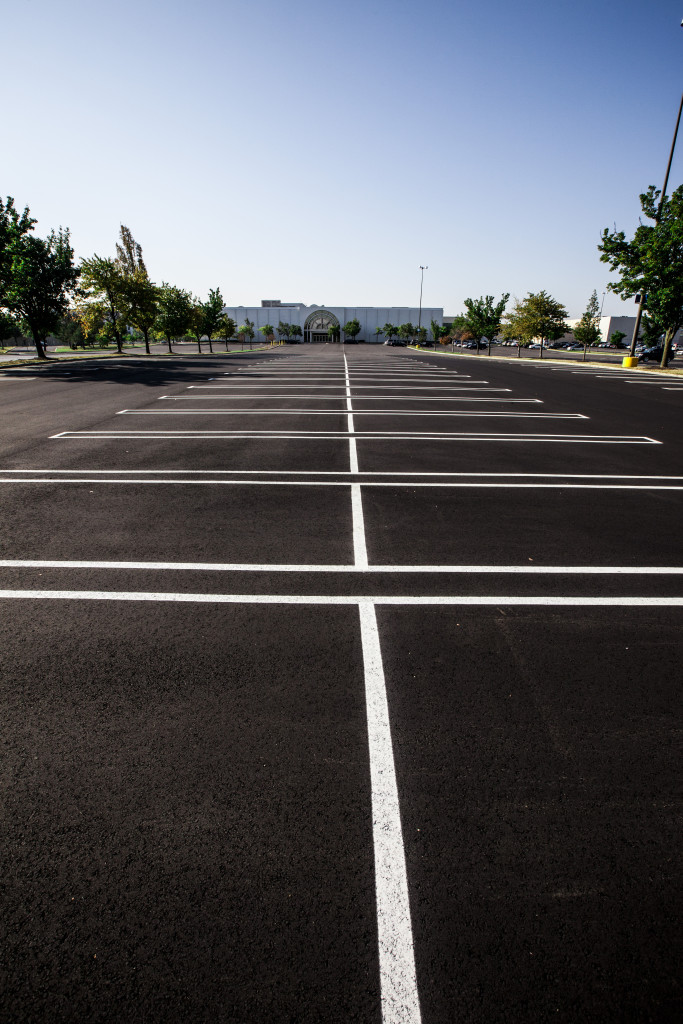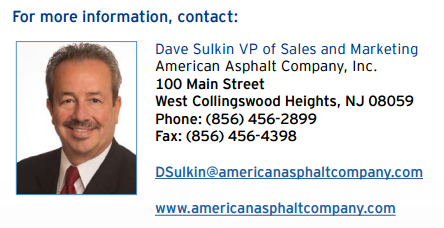
When it comes to applying asphalt sealant, pavement maintenance contractors have several options to offer property managers. They can employ any of the following:
• a spray system
• a piece of ride-on equipment with squeegee and/or spray application options
• a squeegee or a broom to apply material by hand
So, which asphalt sealant option is the best choice for the job? According to manufacturers, the decision hinges on several variables including application, material being used, personal preference, and budget.
Download Printable Article (PDF) >>>
Squeegee and Spray Asphalt Sealant Applications:
Both the squeegee and spray methods have their own set of advantages. The pressure from the squeegee application method allows the asphalt sealant to fill any cracks which help to create a high quality bond with the surface of the pavement. In contrast, the spray method lends itself to better control of how much material is being used, and a more precise application process. Oftentimes, spraying asphalt sealant is misunderstood if the operator ‘thins’ the material, or uses a low spread rate to apply it to the surface. When managed properly, both the squeegee and spray methods can lay sufficient asphalt sealant for the customer’s needs.
TWO ARE BETTER THAN ONE:
Property owners and managers may know that when seeking a pricing estimate for their asphalt sealant needs, they will generally be given a price for one application type. However, the best of both sealant worlds includes using both the squeegee and spray sealant applications together. Sealcoating application is dependent upon weather conditions; requiring a temperature of over 50°F in order to be applied. If conditions are ideal, the contractor will apply the initial base coat. Utilizing the squeegee machine, pavement sealer is poured on top of the asphalt and is pressed into all of the pores before removing excess material. The first coat generally takes one to two hours of dry time before spray coating the second application. Applying the squeegee method first creates the proper
bond to the asphalt, but can leave behind pin holes and other slight imperfections. Spraying on a second coat of asphalt sealant will help to fill those holes, allowing the surface to have a cleaner appearance by eliminating squeegee marks and any blotches. Once the second sealcoat has been applied, the area requires 24 hours of drying time before resuming use of the surface.
While one coat of asphalt sealant leaves the parking lot, or street nicely covered, the second coat will help to keep out water, leaving a longer lasting application. Plus, spray coating the second layer uses less material and takes about half the time to apply than the initial coat.
INVESTMENT:
When considering the long-term value, employing both sealcoating methods for a total of two coats is the best option for longer-lasting results. Used in conjunction, the two methods will yield a longer lasting result as opposed to the typical two spray coat applications. Starting the maintenance process within three years of the initial paving installation is important in order to preserve, and protect your asphalt. Repeating the sealcoating application every five years can beautify and extend the life of your asphalt as long as 30 years. While the initial investment for the squeegee and spray coat application costs more than other methods, it will ultimately give you a better return on your investment in asphalt maintenance.
For more information, contact:



